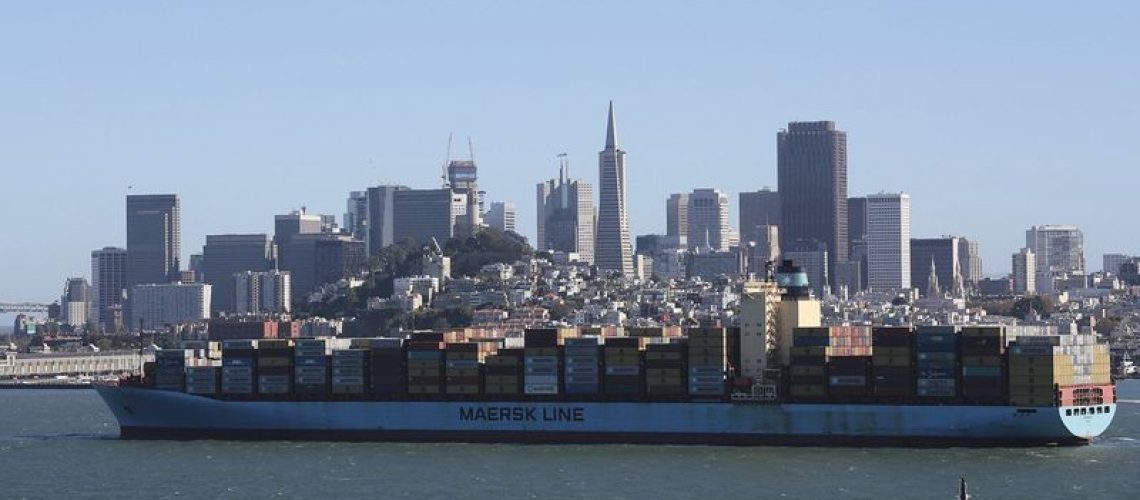From pv magazine 6/24
AD/CVD tariffs for US-imported solar components from Vietnam, Malaysia, Thailand, and Cambodia have been paused since 2022. Should they resume, tariffs of between 50% and 250% of the cost of shipped goods would apply to components from China that are found to have been dumped in the affected Southeast Asian nations for import to the United States.
The tariff moratorium is set to expire in June 2024 and a new AD/CVD investigation has been launched. A petition signed by the American Alliance for Solar Manufacturing Trade Committee coalition was filed in late April 2024 and, on May 15, 2024, the US International Trade Commission and the Department of Customs announced an investigation would be launched into suppliers from the four Southeast Asian nations.
Petition filers
Companies that signed the petition include First Solar, Qcells, Meyer Burger, REC Silicon, and others that have invested in US solar manufacturing capacity. The petitioners said the US solar “manufacturing renaissance” was threatened by heavily subsidized Chinese cells and modules.
“China’s unfair and illegal trade practices have inundated the market with dumped solar panels, undercutting the US ability to compete,” said the group. Solar module prices have fallen by more than half over the last 12 months to a record low, according to online solar trading platform pvXchange.
If US solar developers sourced 55% of solar goods domestically, 900,000 US jobs would be supported by 2035, said the petitioners. They added that “onshoring” the solar supply chain would cut solar manufacturing emissions by 30%.
Difficult position
With almost 80% of US solar modules imported from Vietnam, Malaysia, Thailand, and Cambodia, trade measures could threaten supply.
The US Energy Information Administration said the threat of AD/CVD tariffs in 2022 had prompted delays or the cancellation of around 20% of utility-scale solar generation capacity.
Investment bank Roth Capital has been told a “non-trivial amount of [solar] projects that have not secured modules, especially for 2025,” could be affected by AD/CVD measures. Projects that have already secured modules through 2025 should be unaffected.
AD/CVD action could drive US module prices for utility-scale projects to $0.40/W to $0.50/W of panel generation capacity, Clean Energy Associates (CEA) told a Roth Capital webinar. Late 2023 saw such module prices fall to a record low $0.13/W and CEA estimated Southeast Asian imports would remain at around $0.20/W without new AD/CVD action.
CEA anticipates new AD/CVD measures could cause a bottleneck of duty-free PV cells and flip an oversupplied solar market into shortages. The company estimated the 18 GW of annual crystalline silicon cell production capacity outside AD/CVD-investigated nations in early 2024 – plus 17 GW of US-based thin film capacity – would be less than projected US demand in 2024.
“This means that there will likely be duties applied to some of the modules serving the US market – or the cells imported to make these modules – starting later this year,” said CEA. “This is likely to greatly reduce import levels, as occurred in the second quarter of 2022 when the anti-circumvention case was filed. If these duties are passed along to buyers, they will introduce uncertainty to the financial models that projects depend on. This will potentially cause projects to be delayed, canceled, and/or sold.”
Crunch time
With the US International Trade Commission investigation launched, a preliminary determination of material injury, or the threat of material injury to domestic manufacturers must be determined within 45 days of the filing, from May 15, 2024. A final determination would likely be made by spring 2025.
Canadian Solar, a leading solar panel supplier with operations in Southeast Asia, responded to the investigation by calling into question South Korean owned company Qcells’ status as a US manufacturer. It said that the company is a “US importer of subject merchandise” and “primarily a foreign producer.”
Qcells, which primarily manufactures in Malaysia, is also the largest crystalline silicon module producer in the United States, manufacturing around 5.1 GW of modules there annually. The company said in early 2023, that it plans to invest more than $2.5 billion in 3.3 GW of solar ingot, wafer, cell, and module factories in the US state of Georgia.
Since the passage of the US Inflation Reduction Act in 2022, which contained rich incentives for clean energy manufacturing, multinational solar manufacturers have begun to move operations into the United States. In 2023, Trina Solar, Canadian Solar, and Longi all announced 5 GW solar module manufacturing facilities, potentially adding a combined 15 GW of US-based solar production capacity. To put that investment into context, each of those factories would represent $200 million to $600 million in capital expenditure. Many gigawatt-scale US factory announcements have been made by global suppliers since then, with many new fabs and expansions announced over the past two years.
Capacity mismatch
Much of the announced capacity in the United States concerns the final step of the solar module supply chain: module assembly. If the United States wants to establish an independent solar supply chain, it will need to incentivize the production of polysilicon, solar ingots, wafers, and solar cells, in order to feed this module demand.
CEA said there is currently a mismatch in US production capacity, with much of the focus on module assembly. The company expects around 30 GW of annual module manufacturing capacity in the United States by 2027 but only 3 GW of ingot and wafer lines and 17 GW of polysilicon facilities.



